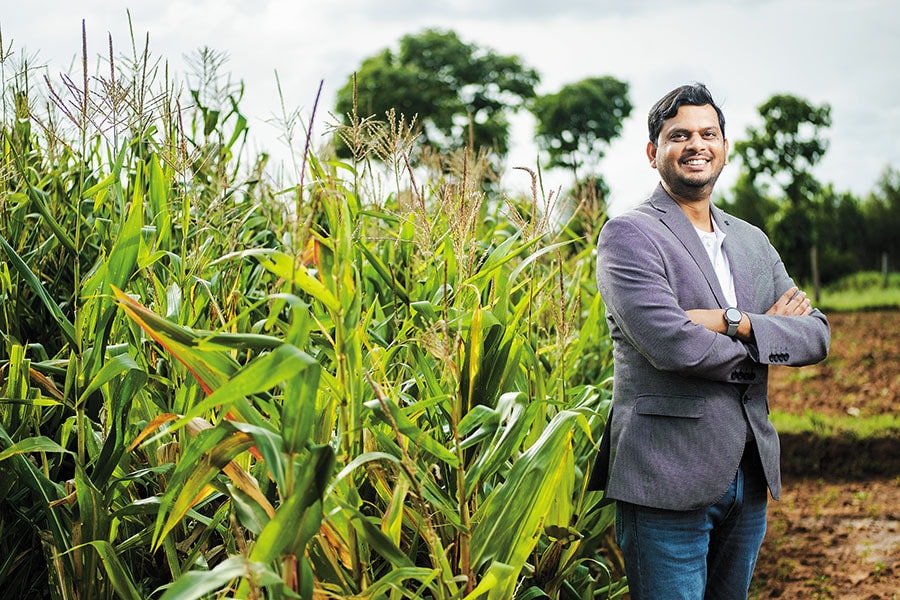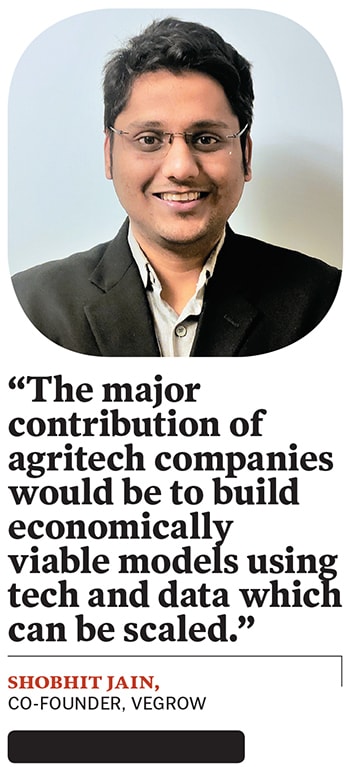
Can agritech fix India's fragmented farm-to-fork supply chain?
A clutch of agritech startups and its VC backers are betting that it can be organised with technology, as agriculture begins a revival amid the pandemic
 Krishna Kumar, founder and CEO, CropIn Technology. The agritech startup provides real-time advisory for crops
Krishna Kumar, founder and CEO, CropIn Technology. The agritech startup provides real-time advisory for crops
Image: Nishant Ratnakar for Forbes India
Last month, Vegrow, an agritech startup focussed on aggregating small farms, raised $2.5 million in funding from Matrix Partners India, Ankur Capital and a few other venture capital (VC) and angel investors. The funding came at a time when the Bengaluru-based venture saw the beginning of a revival in the agriculture sector since Covid-19 began to spread in India. Vegrow is certain that even as people are coming to terms with the disruptions caused by the pandemic, bouncing back is just a matter of time.
The startup is now working to bring modern inputs and best practices to India’s agri sector to address multiple problems across the broken supply chain—from boosting production and timely finance to access to better markets. “We do see a lot of activity in the agri value chain across stakeholders,” says Shobhit Jain, co-founder of Vegrow. There are multiple new policies from the government to support the ecosystem. Existing agri giants—from producers of seeds to foods companies—are expanding their presence and multiple agritech companies are trying to solve systemic problems. However, the industry is vast and complex, and it will take time to have the necessary infrastructure and supply chain built, he says.
“Though it is early, government reforms will unlock some markets and spur private investments. We are already seeing some of this emerging,” says Ritu Verma, co-founder at Ankur Capital. There are consumer-driven trends that have come up on healthy, nutritious food, and one will also see linkages back to farms for some of this emerging. “I expect sentiment to invest in this segment to be high,” she says.
Driven by Covid-19 and market reforms, existing traditional players will invest in digital technologies for agriculture, which they hadn’t done before. In addition, there is renewed investor interest in the sector driven by the attractiveness and resilience that an essential services sector brings with it, Verma says.
The demand side of agriculture, which has been fairly consistent and predictable, has been affected due to the lockdowns and changing consumption patterns such as avoiding eating out, says Tarun Davda, a managing director at Matrix Partners India.









